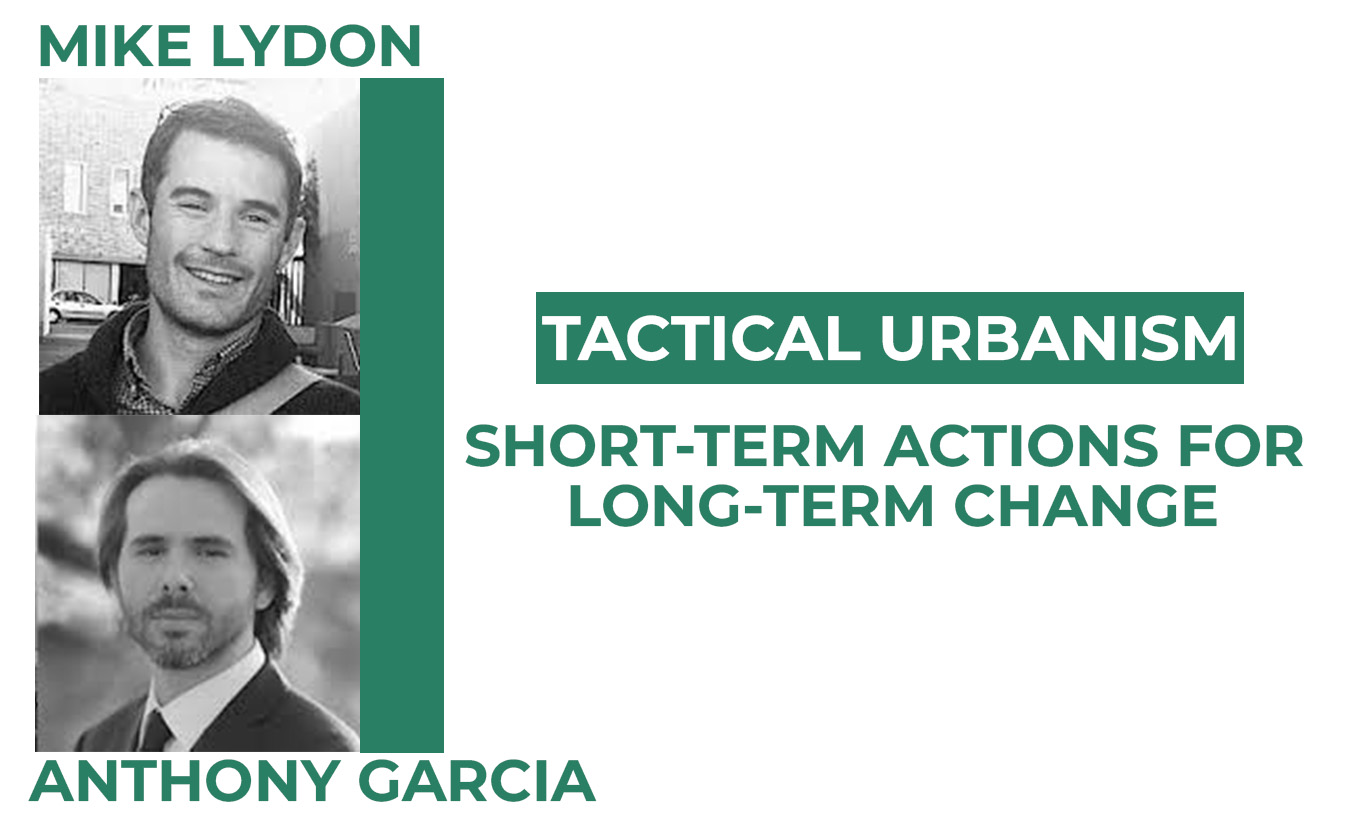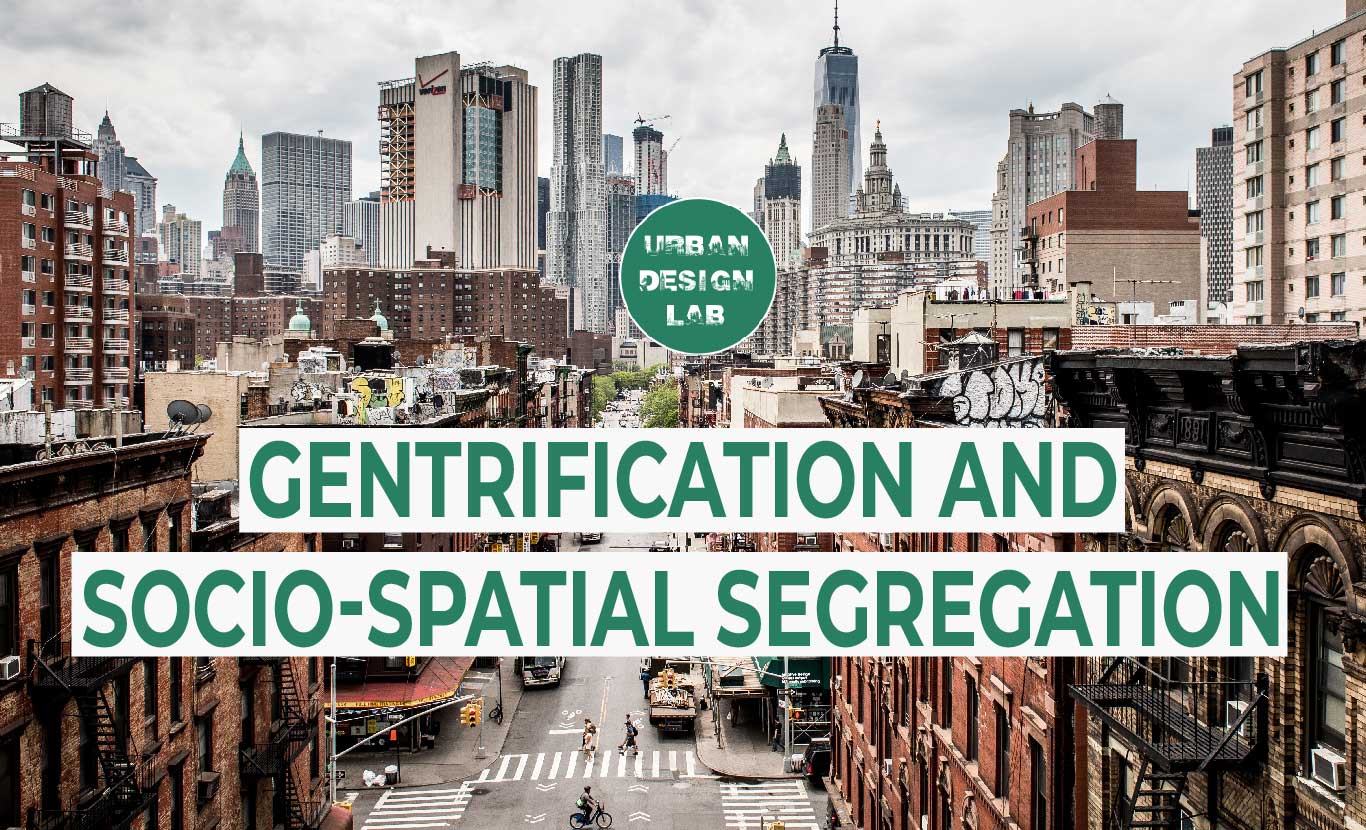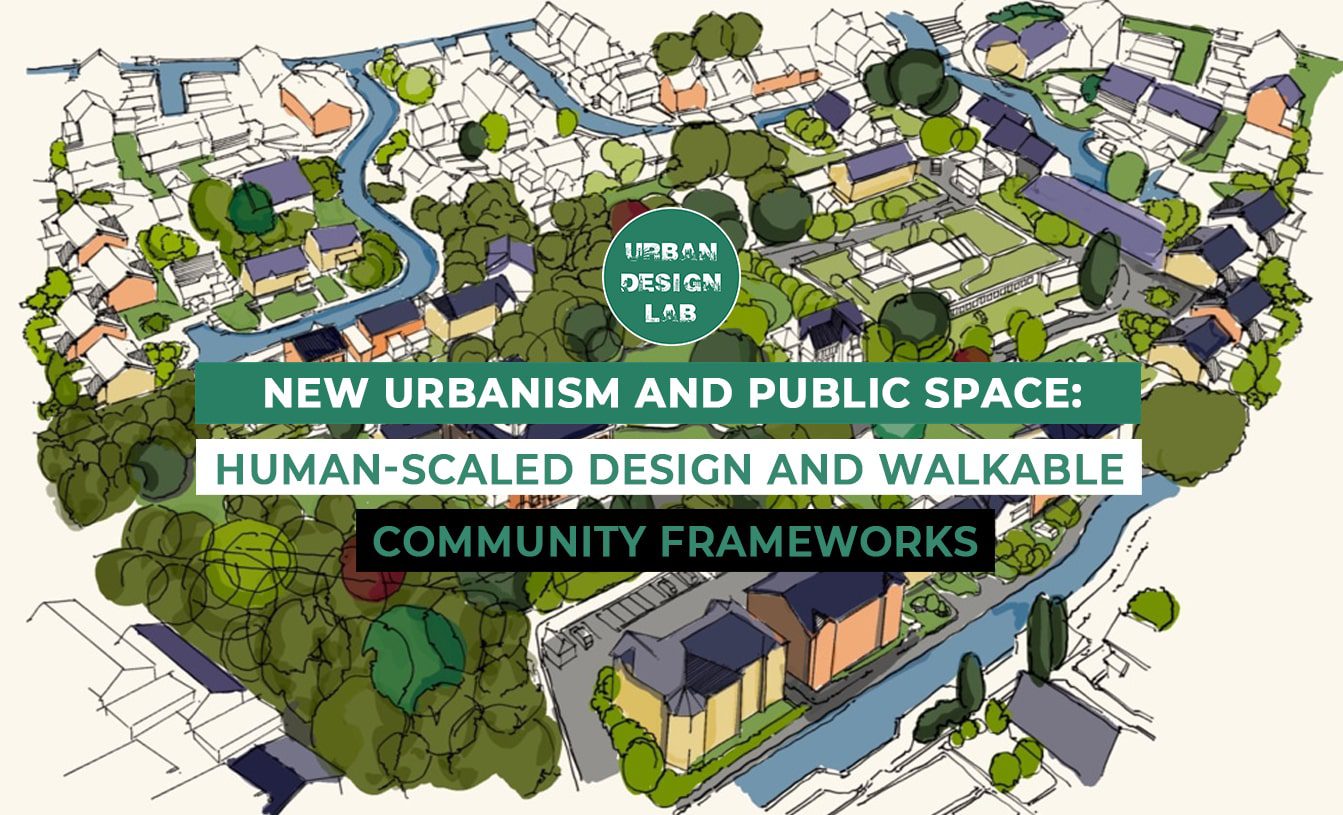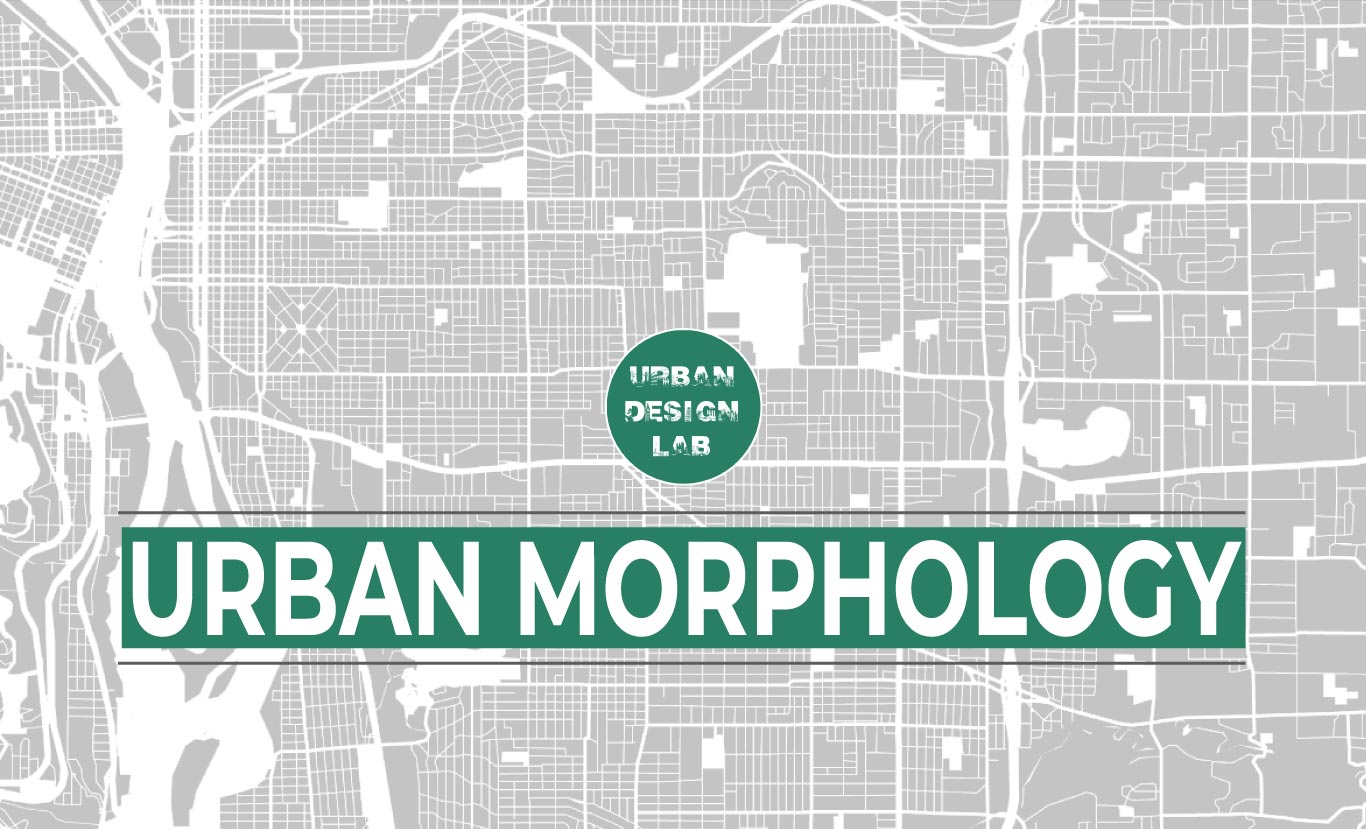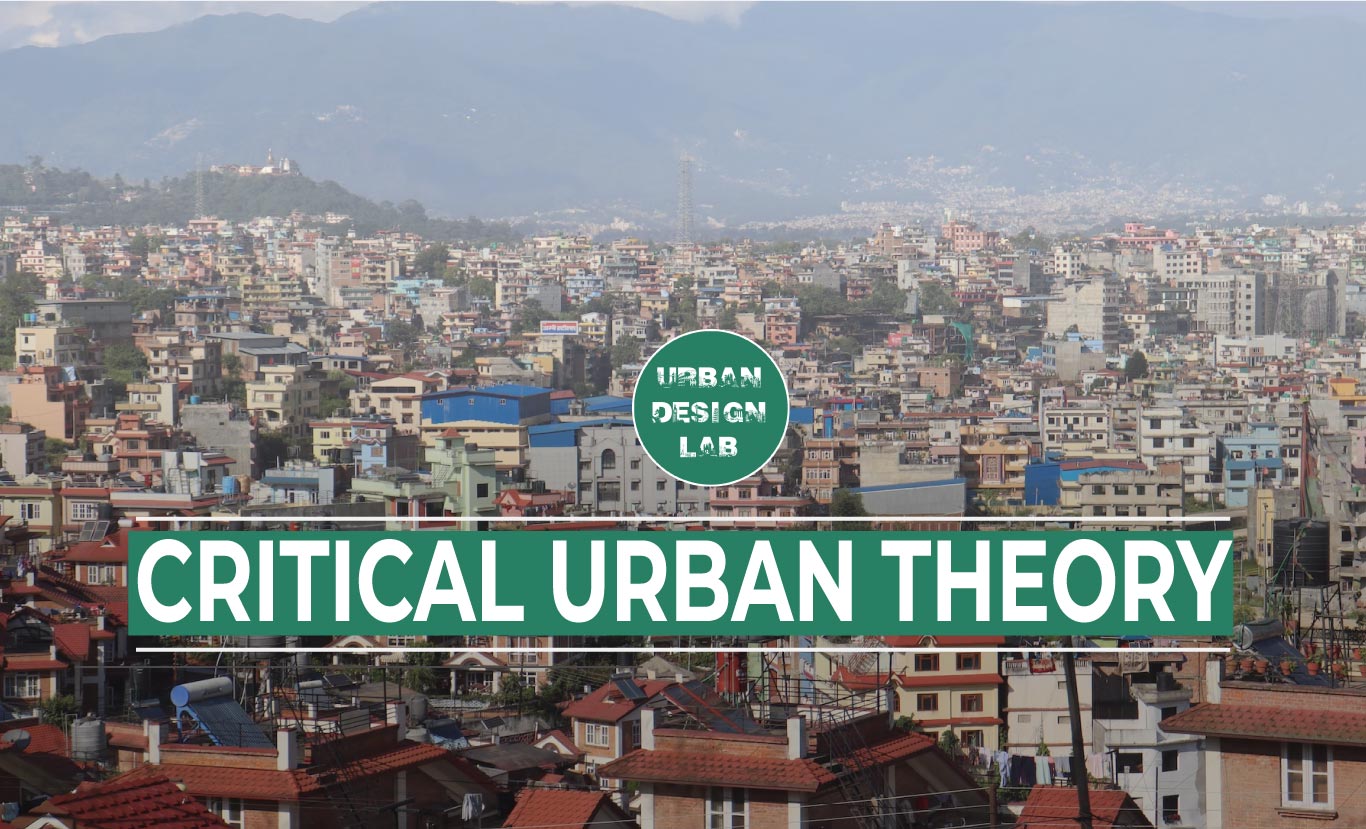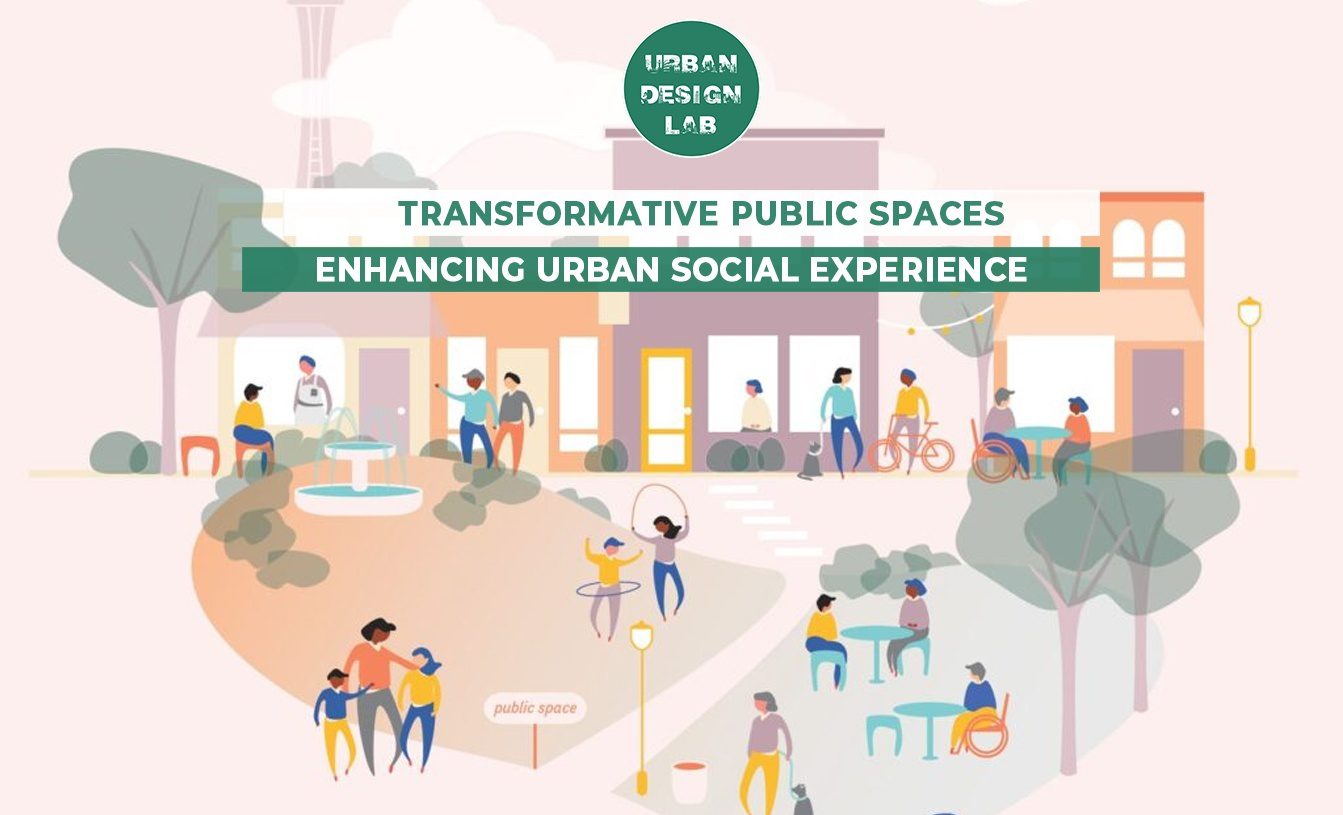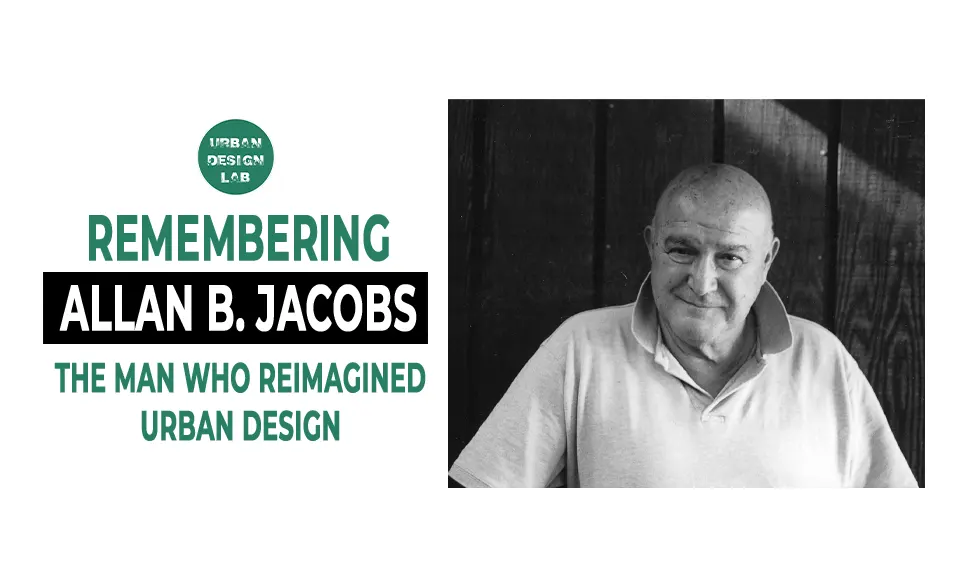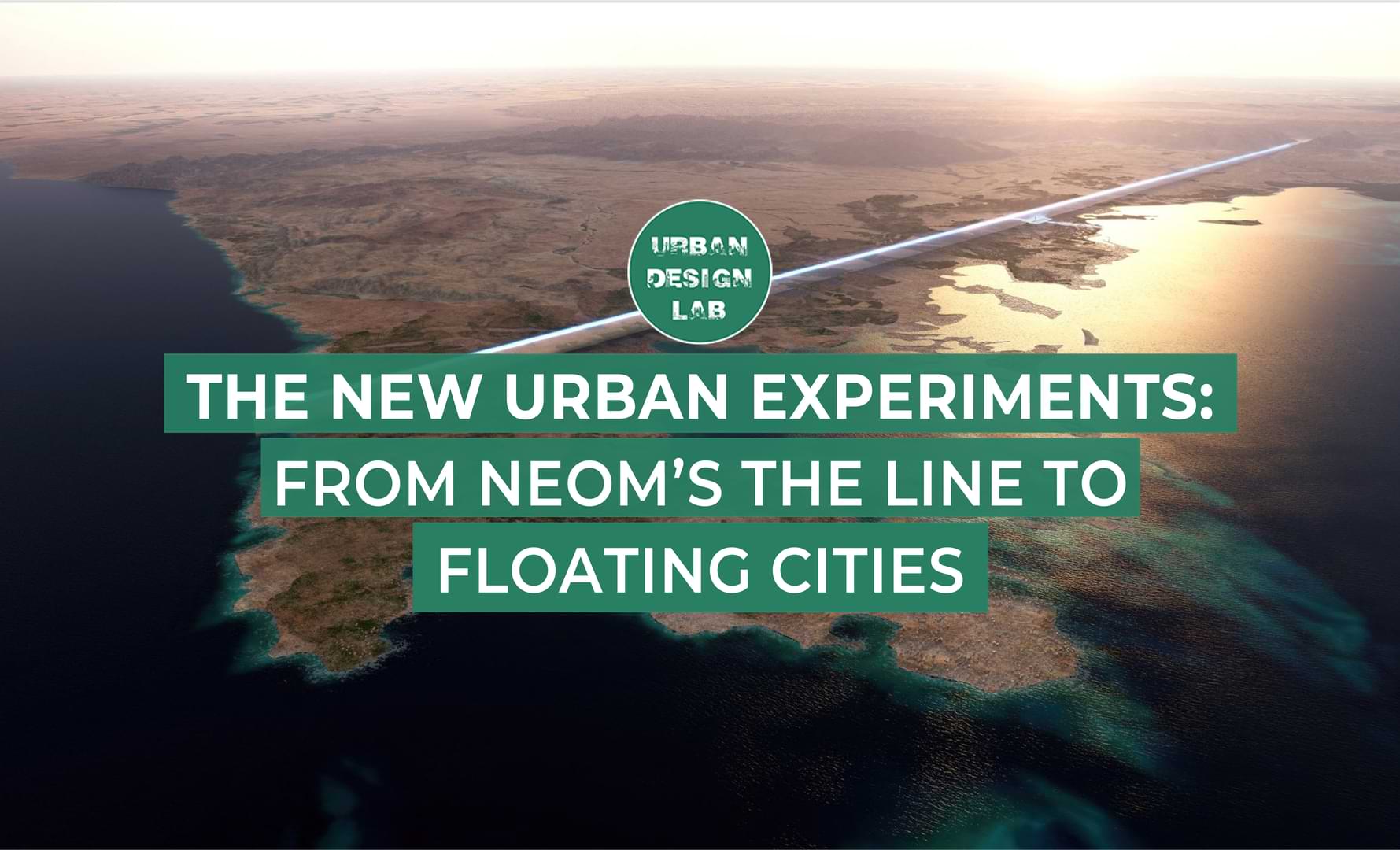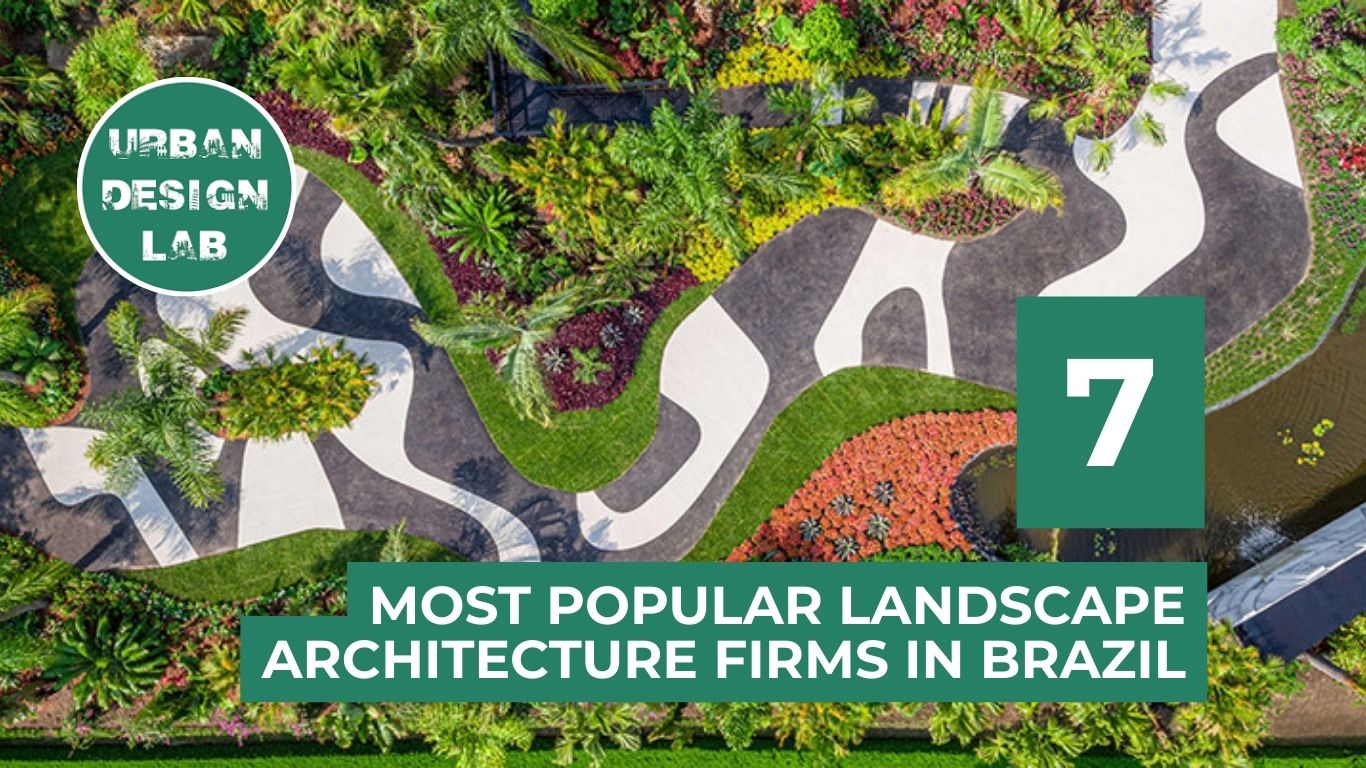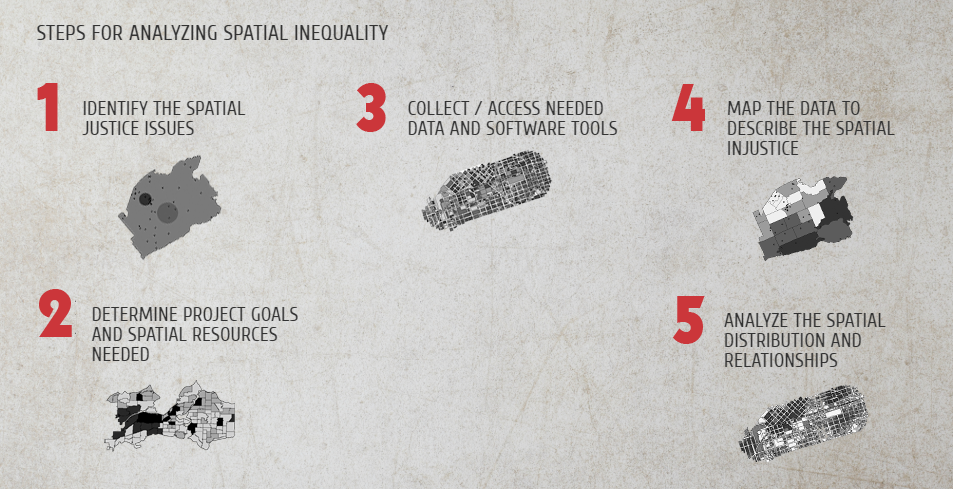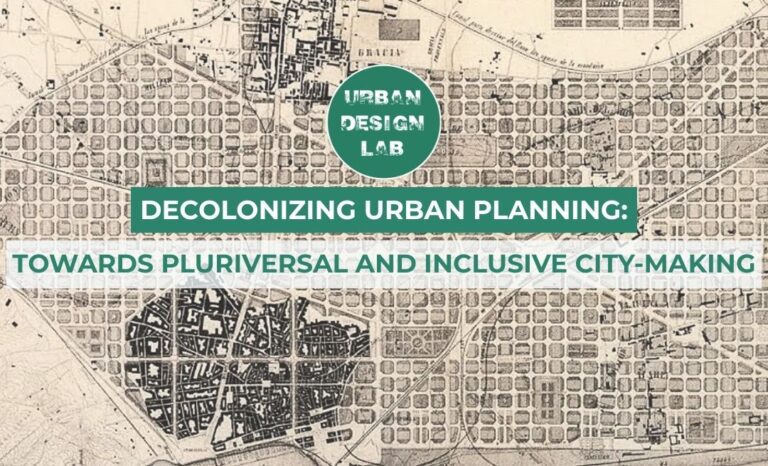
Book Review: Public and Private Spaces by Ali Madanipour
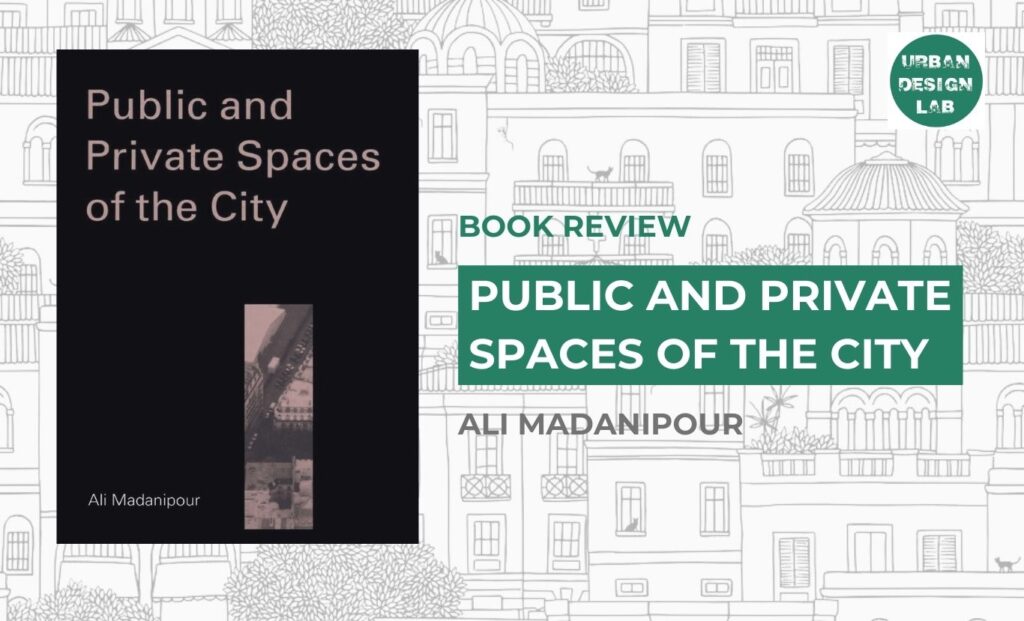
In his work “The Public and Private Spaces of the City,” Ali Madanipour guides us on the most relevant approach to understanding urban morphology. His insightful research aims to clarify that the physical structure of public and private spaces does not always come from functionality but is also based on the spatial perceptions of users per unit space.
Considering that urban narratives mirror their users, Madanipour emphasizes the need for the formation of healthy cities. These cities, through urban design, should recognize the tendency for controlled adaptation and optimized multiplication of environments that are safe, inclusive, and promote easy access to natural resources.
According to Madanipour, this can be achieved through planning based on cohesion between multiple disciplines such as sociology, history, and urbanism. This approach is particularly crucial in current times, due to the alarming trend of a growing urban population. We must think in the direction of transformability and rethink the existing urban model i.e. the future of urban living.
Exploring Urban Complexity
Ali Madanipour’s “The Public and Private Spaces of the City” is a masterful journey through the structure and morphology of urban spaces, illustrating how they shape the complexity of human psychology. His profound analysis provides a comprehensive understanding of how cities evolve, function, and influence human behavior, offering a fresh perspective on spatial organization.
As an eminent figure in urban planning, Madanipour (2023) enables a deep exploration of how cities evolve, function, and influence human behavior through a breakdown of spatial organization, in a way quite different from “the archetypal elaboration of typologies of public space that we are accustomed to in the works of Camillo Sitte” (Khachatryan, 2020). Spanning history, geography, and cultural diversity, Madanipour’s narrative delves deep into the dynamic interplay between the public and private realms in cities worldwide, shedding light on the multifaceted layers of urban form.
Madanipour’s work stands out for its nuanced understanding of urban complexity, moving beyond simplistic dichotomies to explore the intricate web of relationships that define urban spaces. He meticulously dissects the various elements that contribute to the unique character of cities, from architectural styles and street layouts to cultural practices and social interactions. This holistic approach offers readers a rich tapestry of urban life, emphasizing the interdependence of physical form and human experience.
Dissecting Urban Dichotomies
Madanipour begins his research by dissecting the basic dichotomy between public and private spaces. Public spaces are not merely physical creations but symbiotic hotspots where social interactions, collective memories, and cultural identities converge. From bustling city squares to inert, continuous green corridors, these spaces pulse urban life, fostering interaction between diverse users and promoting social cohesion.
Madanipour’s analysis (2003) of public spaces is intriguing as he subtly peers beyond their physical attributes to accentuate their symbolic meaning, challenging readers to question their roles as participatory actors in social life. In contrast, Madanipour delves into private spaces, often overlooked yet crucial, highlighting their protective nature, personal stories, and subjective understanding. Through this exploration, he uncovers the nuanced semi-relationships between individual identities, community narratives, and urban landscapes.
His examination of private spaces delves into their intimate nature, exploring how these areas serve as sanctuaries for individuals and families. Madanipour’s insights into the psychological and emotional dimensions of private spaces reveal their critical role in shaping personal identities and experiences. By highlighting the interconnections between private and public realms, he encourages a more holistic understanding of urban life, recognizing the importance of both domains in creating vibrant, inclusive cities.
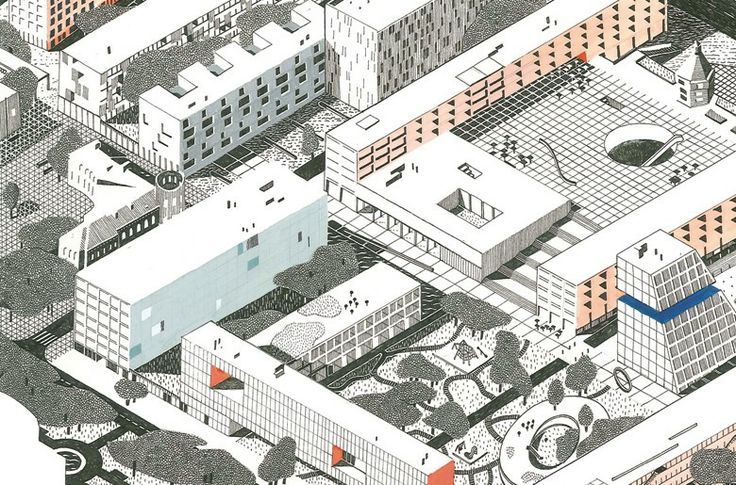
Source: Website Link
Spatial Justice According to Manadipour
Central to this work is the concept of spatial justice, which is extremely important in the current globalization and gentrification trend, given the current pressure imposed on urban cores. According to Madanipour (1999), urban design is not neutral but political, affecting access to resources, opportunities, and overall quality of life. Through case studies from cities around the world, Madanipour shows how spatial configurations and ratios can either perpetuate inequalities or promote social equality.
His examination of urban environments in both developed metropolises and emerging cities underscores the universal relevance of his findings, highlighting the critical role of spatial justice in creating equitable and inclusive urban spaces. Madanipour’s emphasis on spatial justice challenges readers to consider the broader implications of urban design decisions, advocating for a more ethical and equitable approach to city planning.
Madanipour’s analysis of spatial justice extends beyond theoretical discourse, providing practical examples and case studies that illustrate the real-world impact of urban design on communities. His exploration of spatial injustices in various contexts, from gentrification in global cities to the marginalization of informal settlements, underscores the urgency of addressing these issues. By advocating for inclusive and participatory planning processes, Madanipour offers a roadmap for creating cities that are not only functional but also just and equitable.
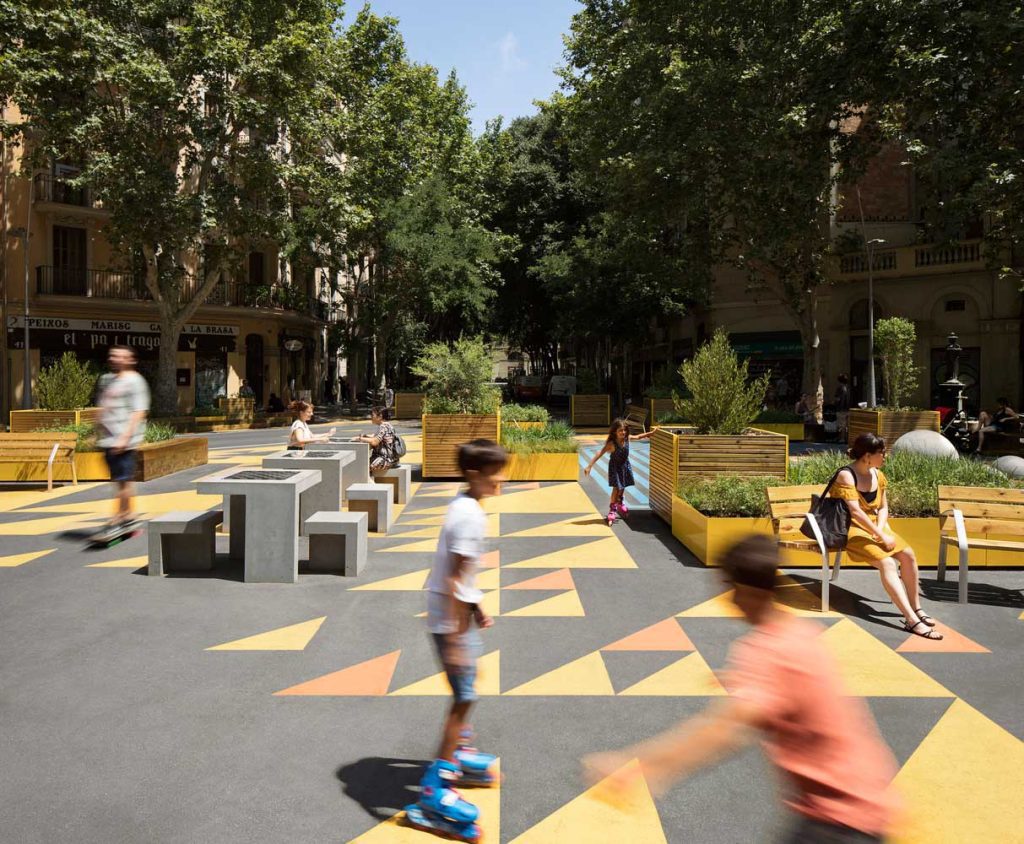
Between Theoretical and Practical
Madanipour’s writing style is concise, erudite, and accessible, bridging the gap between theoretical insights and practical examples. His prose invites readers to question their perceptions of urban spaces as static backgrounds, encouraging them to see cities as dynamic entities shaped by human interactions. Each chapter develops gradually, revealing new layers of understanding the complex relationship between space, identity, culture, and urbanity.
Madanipour excels in making complex theories understandable and relevant, weaving academic rigor with practical insights that resonate with a broad audience. His ability to translate abstract concepts into concrete examples allows readers to see the practical implications of his ideas, making the book both intellectually stimulating and practically useful. This balance between theory and practice makes “The Public and Private Spaces of the City” a valuable resource for scholars, practitioners, and anyone interested in urban studies.

Multidisciplinary Approach
One of the strengths of Madanipour’s work lies in its multidisciplinary approach. Drawing on urban planning, architecture, sociology, and cultural studies, he offers a comprehensive framework for understanding the multifaceted nature of the urban. Bridging academic theory with real-world observations, Madanipour provides a holistic perspective that resonates with professionals and enthusiasts alike.
This multidisciplinary approach enriches the analysis, offering diverse perspectives and insights that deepen the understanding of urban phenomena. By integrating knowledge from various fields, Madanipour creates a rich, layered narrative that reflects the complexity of urban life. This approach not only broadens the scope of the book but also highlights the interconnectedness of different disciplines in shaping urban environments.
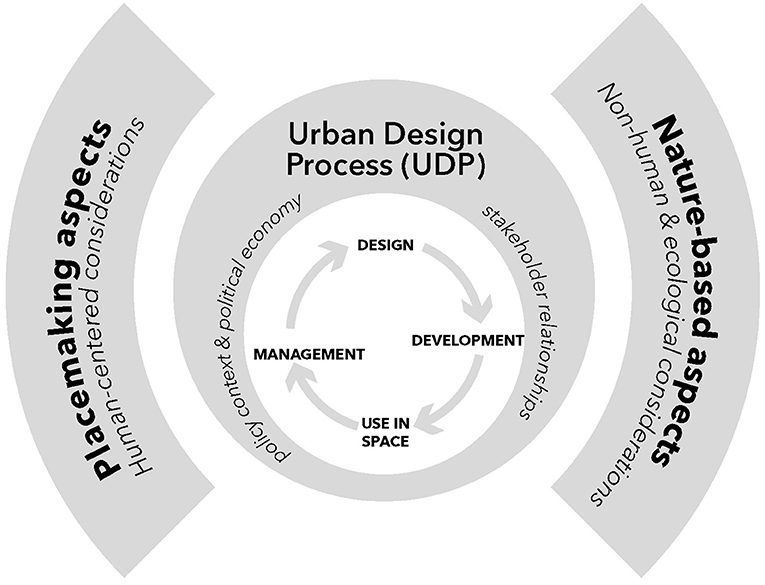
Transformative Urban Design
Madanipour highlights the transformative potential of urban design, particularly through visions aimed at rethinking urban spaces to create resilient, inclusive, and just communities that encourage social activity. His vision challenges policymakers, planners, and participatory citizens to prioritize social justice and community well-being through their spatial interventions, building equal opportunities for all spatial users.
Madanipour’s focus on transformative urban design emphasizes the need for innovative and forward-thinking approaches to urban planning. He advocates for designs that are adaptable and resilient, capable of responding to changing social, economic, and environmental conditions. By envisioning urban spaces that promote social interaction, inclusivity, and sustainability, Madanipour provides a blueprint for creating cities that are not only functional but also vibrant and livable.
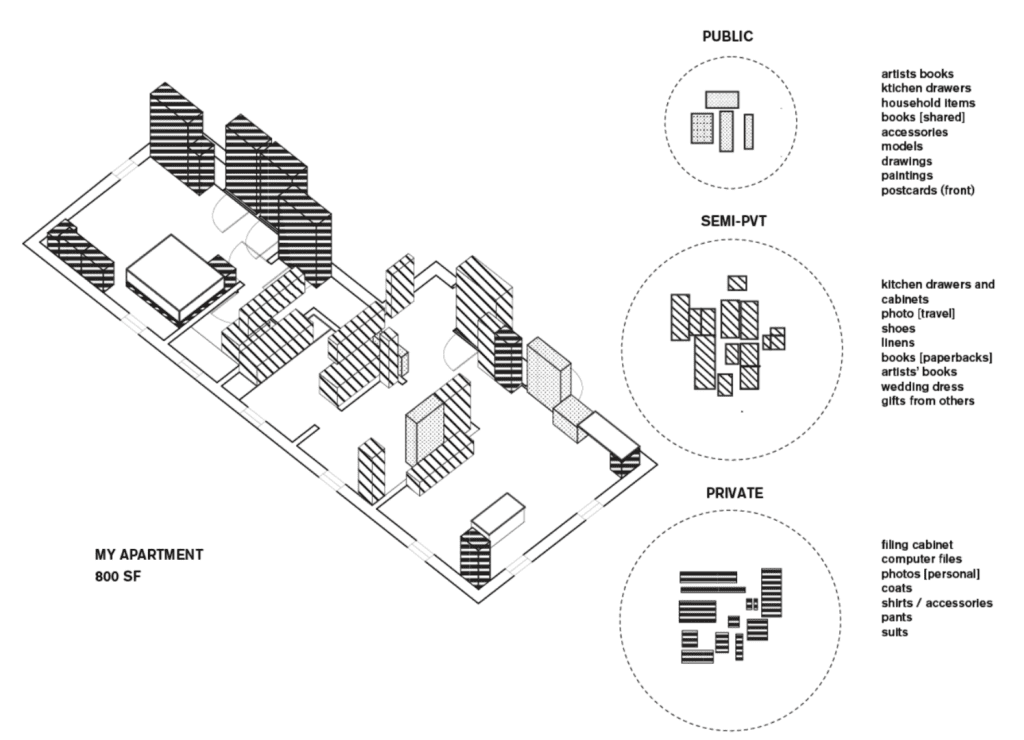
Cultural Influences on Urban Identity
“Public and Private Spaces of the City” examines how cultural practices and established traditions shape the spatial experiences of urban dwellers, influencing their sense of belonging and identity. By sublimating urban narratives, Madanipour subtly leads readers to appreciate the diversity that undoubtedly defines modern metropolises, emphasizing the importance of cultural influences on urban identity.
Madanipour’s exploration of cultural influences highlights the role of heritage, traditions, and social practices in shaping urban spaces. He demonstrates how cultural diversity enriches urban life, contributing to the unique character and identity of cities. By recognizing and valuing cultural influences, Madanipour advocates for urban designs that celebrate diversity and promote a sense of belonging for all residents.

-1
-1
-1
Conclusion
In conclusion, Ali Madanipour’s “The Public and Private Spaces of the City” transcends the strictly defined physical boundaries of the urban, offering a comprehensive understanding of urban morphologies and their impact on social dynamics. It serves as an inexhaustible resource for scientists, practitioners, and anyone curious about the future of urban living, especially if based on the principles of self-sustainability, inclusiveness, and fairness. Madanipour’s work is a critical contribution to the field, emphasizing the need for a multidisciplinary, inclusive, and transformative approach to urban design and planning.
Madanipour’s insights and analyses provide a valuable framework for understanding the complex interplay between urban spaces and human experiences. His emphasis on spatial justice, cultural diversity, and transformative design offers a visionary perspective on the future of cities. For those engaged in the study, design, and planning of urban environments, “The Public and Private Spaces of the City” is an essential read, offering both profound theoretical insights and practical guidance for creating just, inclusive, and vibrant urban spaces.
References
- Kafetzis, A., Petridi, A., Maragoudaki, D., Siatitsa, D., Balampanidis, D., Papatzani, E., & Alexandri, G. (2022). The city as a negotiation field: City centres and neighbourhoods, public and private spaces. ETERON.
- Allies, B. (2012). On public, private and communal space. https://www.alliesandmorrison.com/research/on-public-private-and-communal-space
- Birch, E. L. (2007). Handbook of Community Movements and Local Organizations. Public and Private Space in Urban Areas: House, neighborhood and city (págs. 118-119). University of Pennsylvania.
- Jones, P. (2022). The changing relationship between public and private space. Town & Country Planning, págs. 202-206.
- Khachatryan, T. (2020). Architectural Context Part 3: Camillo Sitte. https://geometrein.medium.com/architectural-context-in-the-age-of-big-data-camillo-sitte-a0d9ff377b5c
- Madanipour, A. (1999). Why are the Design and Development of Public Spaces Significant for Cities? Environment and Planning B: Planning and Design, 26(6), 879-891. https://doi.org/10.1068/b260879
- Madanipour, A. (2003). Public and Private Space of the City. https://www.researchgate.net/
- Madanipour, A. (2023). Design: public–private divides in the urban realm. Cheltenham: Edward Elgar.
- UNDP. (2020). Innovation for development. https://innovation.eurasia.undp.org/
- Voisin-Bormuth, C. (2019). Public spaces as a vehicle for urban life. https://www.lafabriquedelacite.com/

Bojana Palifrovska
About the author
An innovative urban planner with six years of experience, dedicated to sustainable communities. Holding a Master’s in Architecture, she explores hybridity in spatial formation and new museology. As a specialist, she excels in policy analysis and community development. An urban activist and writer for Porta 3, she raises awareness of social issues in urban planning. As founder of Esquina Urbana, she merges environmental psychology and planning, advocating for enhanced urban mobility and endless bike lanes.
Related articles

UDL GIS
Masterclass
Gis Made Easy- Learn to Map, Analyse and Transform Urban Futures
Session Dates
15th-19th December 2025

Urban Design Lab
Be the part of our Network
Stay updated on workshops, design tools, and calls for collaboration
Curating the best graduate thesis project globally!

Free E-Book
From thesis to Portfolio
A Guide to Convert Academic Work into a Professional Portfolio”
Recent Posts
- Article Posted:
- Article Posted:
- Article Posted:
- Article Posted:
- Article Posted:
- Article Posted:
- Article Posted:
- Article Posted:
- Article Posted:
- Article Posted:
- Article Posted:
- Article Posted:
Sign up for our Newsletter
“Let’s explore the new avenues of Urban environment together “


























